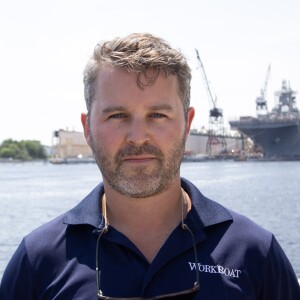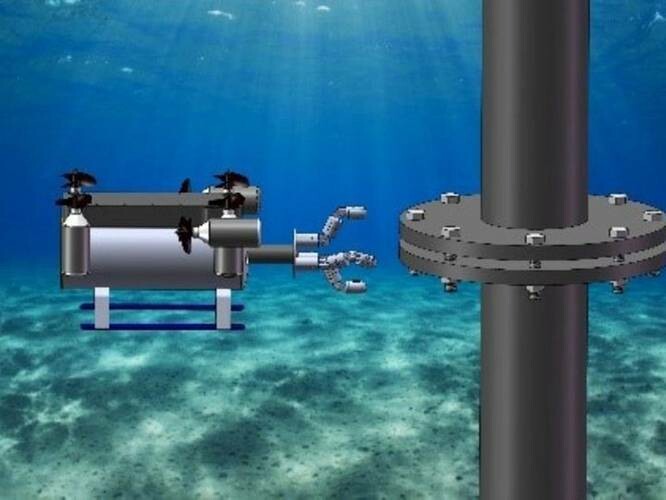Researchers at the University of Houston (UH) are creating an autonomous robot to detect potential pipeline leaks and structural failures during subsea inspections, in response to an increasing number of severe accidents in the global oil and gas industry caused by damaged pipelines.
Under the leadership of Zheng Chen and Gangbing Song, UH College of Mechanical Engineering, researchers received a grant of $960,493 from the Bureau of Safety and Environmental Enforcement (BSEE) to collaborate with Oceaneering International and Chevron on this project. The aim of this technology is to make the inspection process safer and more cost-effective, while also protecting subsea environments from potential disasters.
In the U.S., thousands of oil spills occur each year, which can cause damage to sensitive areas such as beaches, mangroves, and wetlands. Pipelines are often to blame for larger spills. According to the Bureau of Ocean Energy Management (BOEM), between 1964 and 2015, there were a total of 514 offshore pipeline-related oil spills, with 20 of them resulting in spill volumes of over 1,000 bbls.
Timely inspection of subsea infrastructure, particularly pipelines and offshore wells, is crucial in preventing such disasters. However, current inspection techniques require well-trained human divers and significant time and financial resources. These challenges become even more pronounced when the inspection target is deep underwater.
The ongoing development of SmartTouch technology at UH involves equipping remotely operated vehicles (ROVs) with multiple stress wave-based smart touch sensors, video cameras, and scanning sonars. These ROVs can swim alongside subsea pipelines to inspect flange bolts, as these connections have been identified by the BSEE as a major contributor to pipeline accidents and leakage.
"By automating the inspection process with this state-of-the-art robotic technology, we can significantly reduce the cost and risk associated with these important subsea inspections. This will result in safer operations of offshore oil and gas pipelines, as we minimize the need for human divers to intervene," Chen said in a statement announcing the development of the new technology. He added that a prototype of the ROV has already been tested in the lab and in Galveston Bay, showing promising results in inspecting the tightness of subsea bolted connections.
The initial stages of this research were funded by UH's Subsea Systems Institute.




